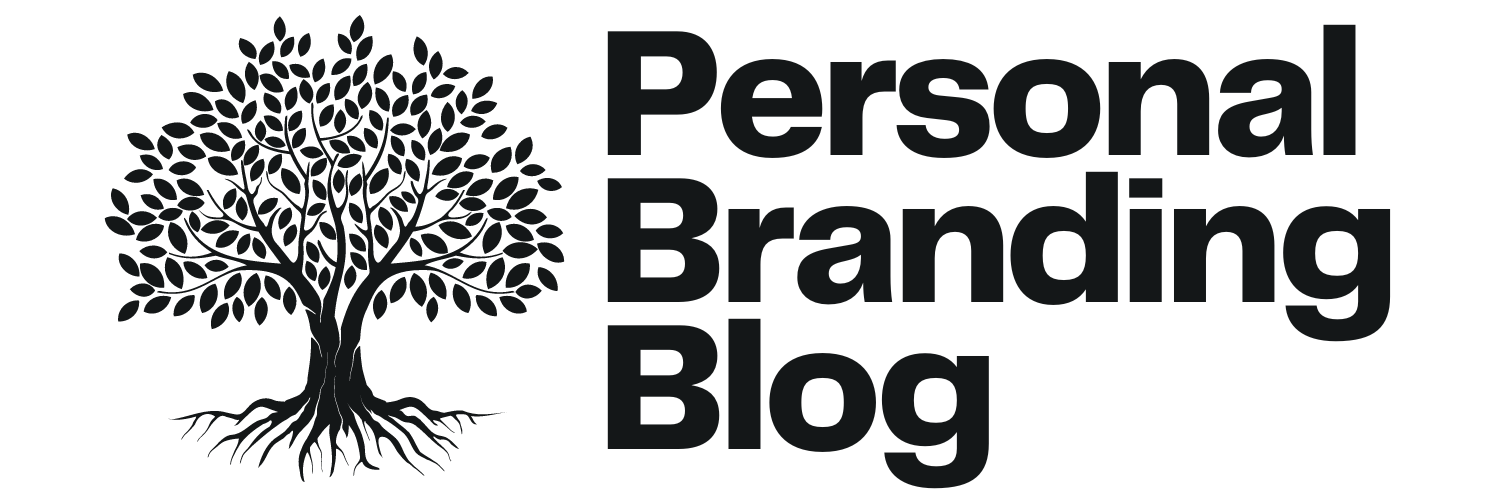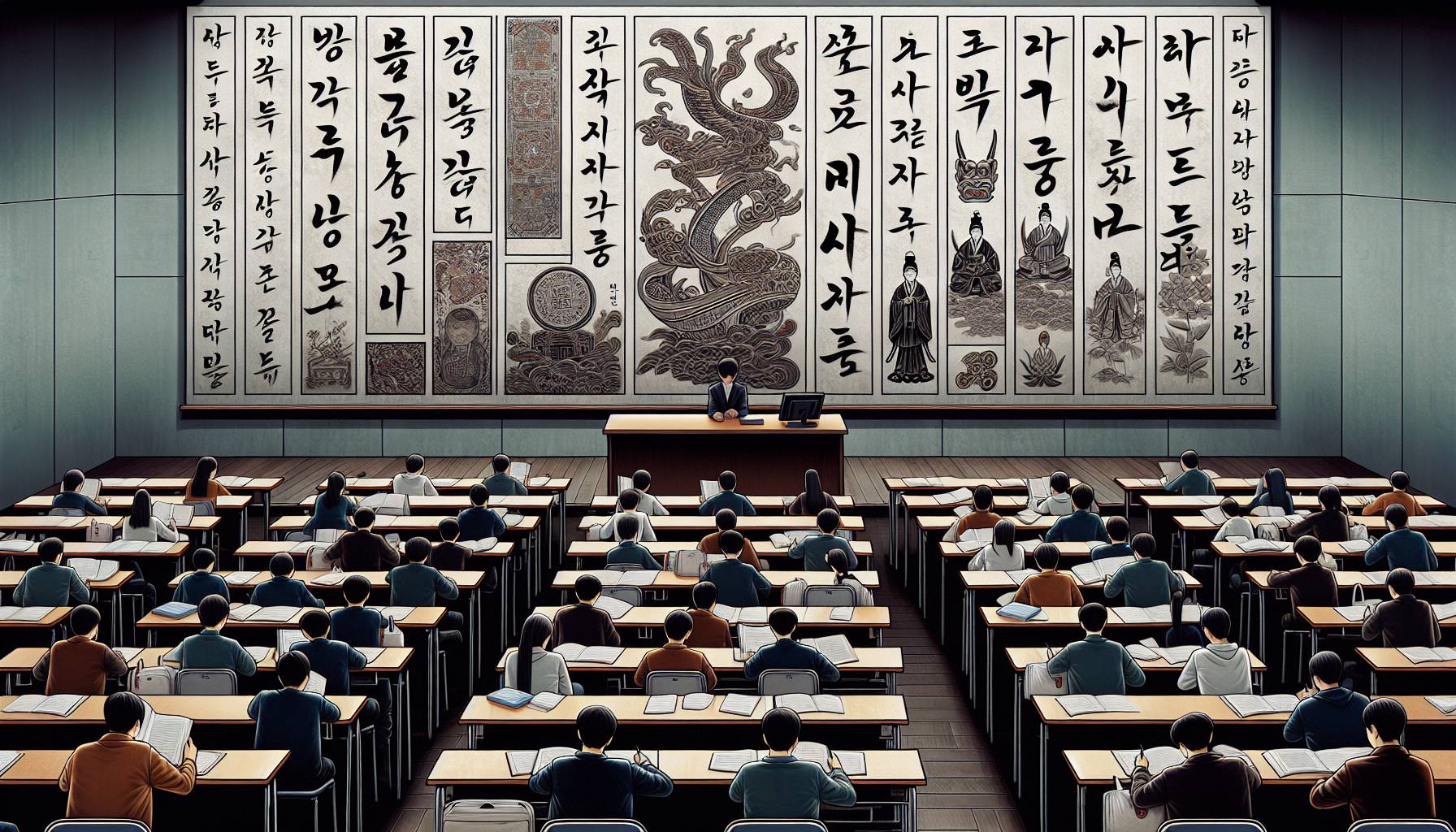Respected assistant professor Taekyeom Lee from UW-Madison’s Art Department recently teamed up with Jung Jang from the University of Georgia and department member Yeohyun Ahn to dive into the intricate world of Korean typography. The trio authored an insightful chapter for the book “Thinking with Type: A Critical Guide for Designers, Writers, Editors, and Students,” uncovering the unique characteristics and history of typography in Korea.
Not just any academic contribution, their work expands cultural understanding between East and West. The chapter explores Korean typography’s distinctive characteristics, including historical context and contemporary relevance. The insights provided by this team of academicians pave the way for a deeper understanding of East Asian typography among international designers and writers.
Together, Lee, Jang, and Ahn present a comprehensive analysis of Korean typography. Their diverse perspectives allow for a multi-dimensional exploration of the subject. Moreover, they beautifully elucidate the relationship between design elements and the cultural nuances within Korean typography, shedding light on its many facets.
Their contribution is featured in the third edition of “Thinking with Type”.
Unfolding Korean typography: A scholarly perspective
The edition is enriched by innovative fonts, practical examples, and engaging activities. This installment boasts 32 additional pages, amplifying the richness of the typefaces collection, thereby propelling typography’s domain forward.
The book promotes diversity and inclusivity, featuring more contributions from women and BIPOC designers. Alongside these, contributions from the Letterform Archive further the understanding of the field. The book introduces features on fonts used across diverse cultures and historical periods, effectively communicating their relevance to the communities they represent.
The edition’s layout strikes a balance between being accessible to newcomers and engaging for seasoned practitioners. Regardless of one’s experience level, the book underscores typography’s power to evoke feelings and thoughts, proving its significant cultural and academic value.
In its final notes, the edition includes insightful visual essays that offer a comprehensive understanding of various writing systems. With thought-provoking debates, quizzes, and further reading materials, it becomes an invaluable resource encouraging continuous learning among advanced readers and beginners alike.







